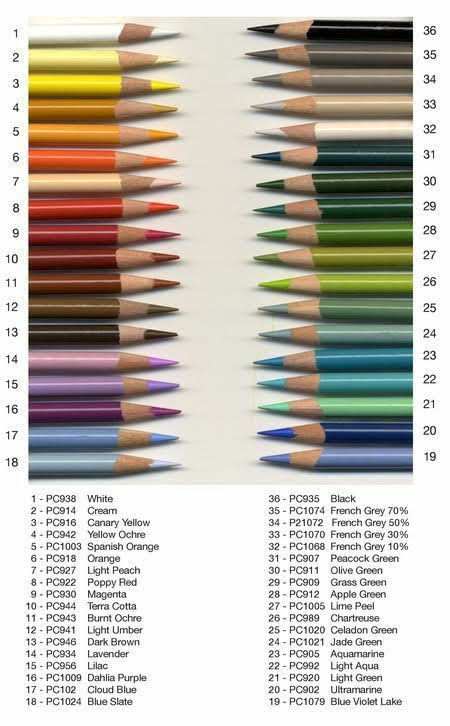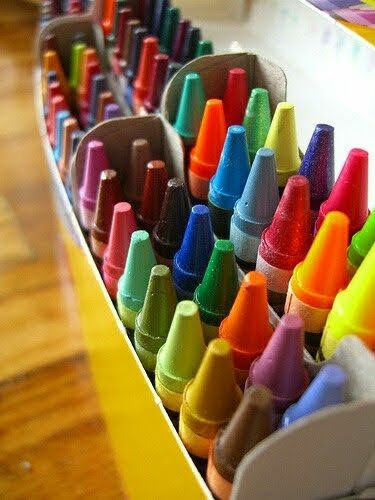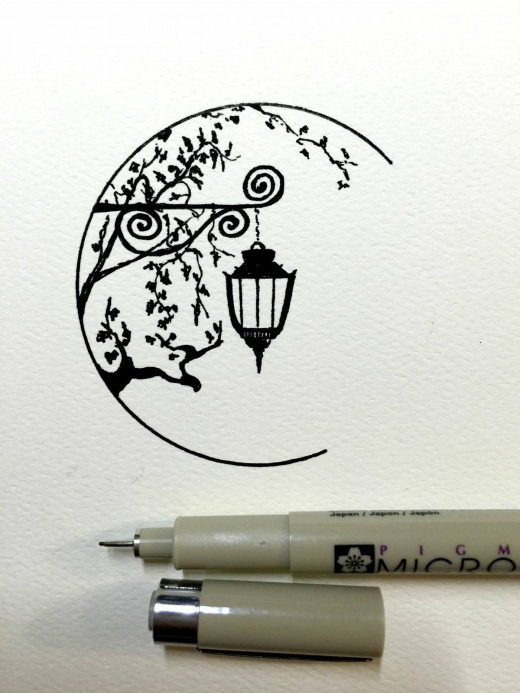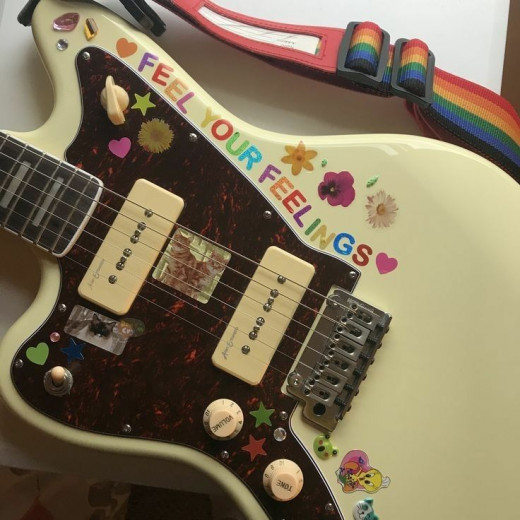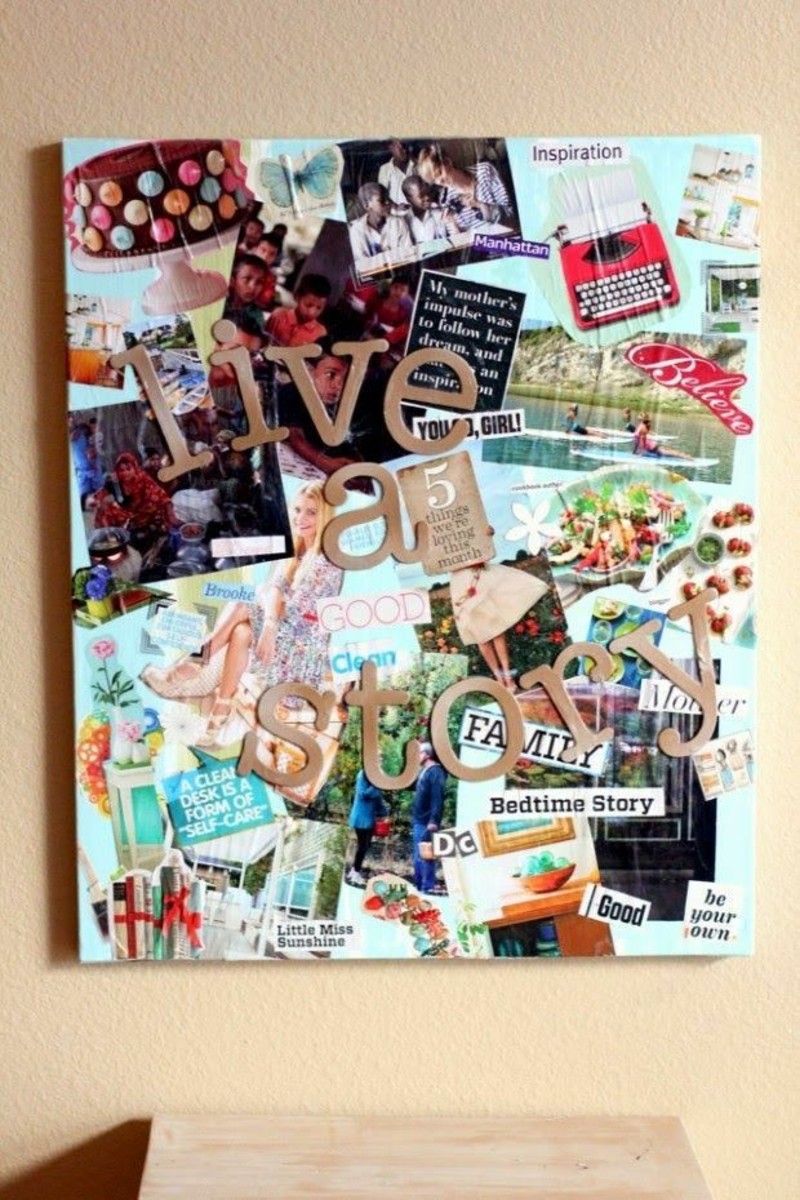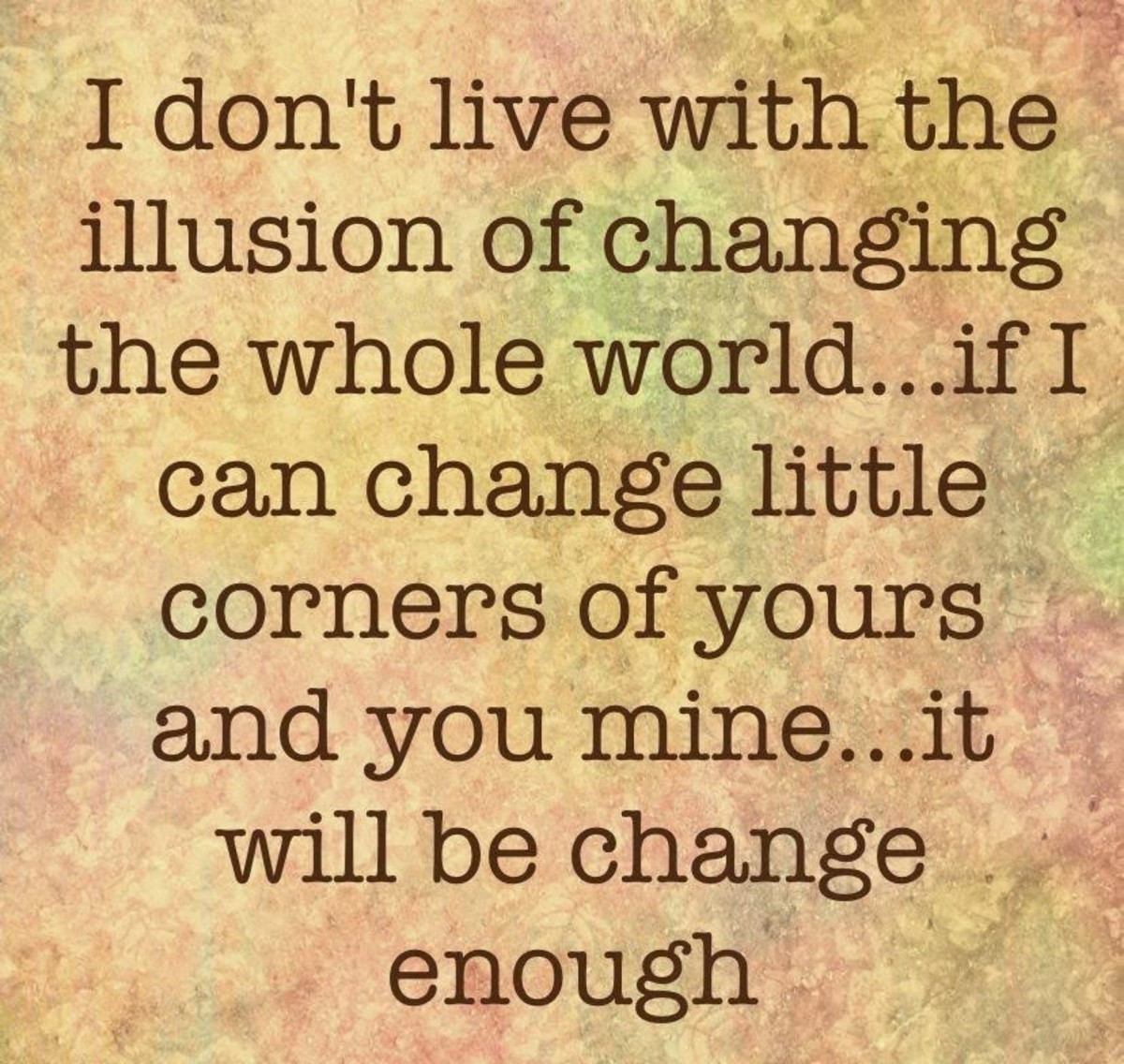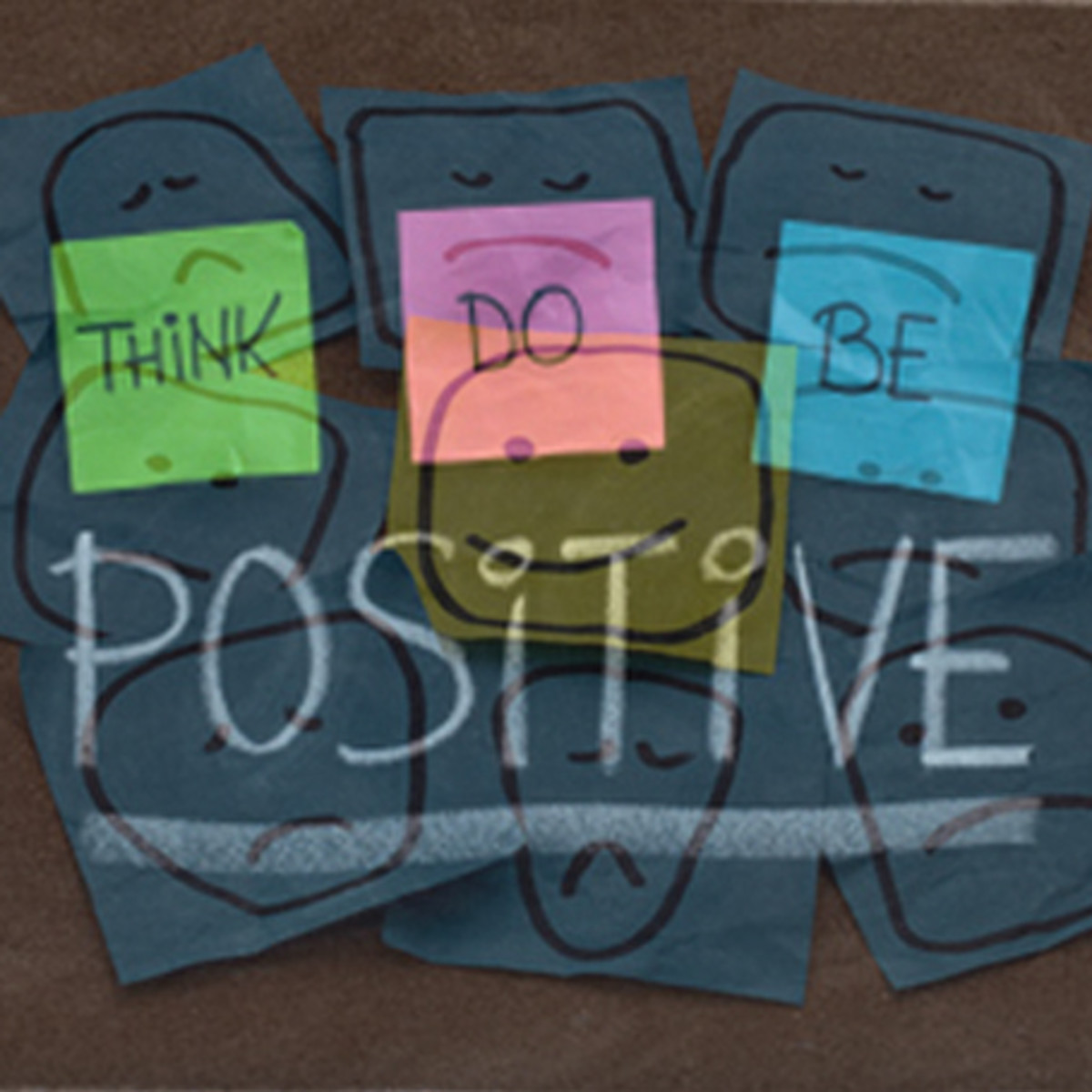How to Recapture Your Natural Creativity: Tips and Prompts
Get Back Your Creativity
All of us are born creative. But sometimes life beats it out of us on the way through. In this article, we share tips for recapturing your creative spirit, and explore ways in which you can solidify your intentions, to bring them to fruition more quickly. The results will make your life healthier and more fun, and the journey will be inspiring and precious.
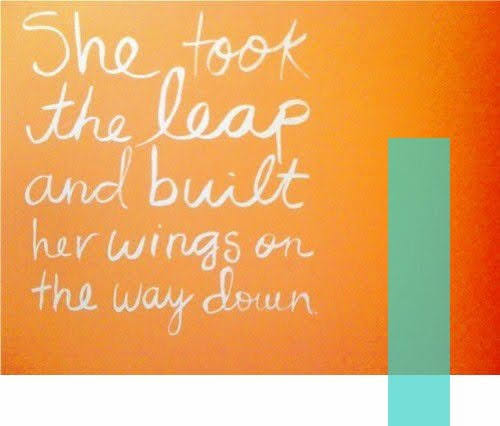
Creativity and Narcissistic Abuse
Because of my background (see end of article), I gravitate to people who have been hurt. Trauma histories, depression, or harmful thought patterns tend to attract my attention and sympathy. If this is you, we're going to get along famously. Even if this does not describe you, I feel we each can benefit from pausing to chat.
One thing that makes capturing creativity difficult for many of us is the people with whom we've spent time--especially narcissists.
Definition of Narcissist
Let's take a moment to be clear on our terms. When I say "narcissist", I am not talking about a merely self-centered person who has a narrow world view. I mean someone with a god complex, who is happy to see you fail, and may even get off on watching you get hurt. Someone who intentionally stomps your dreams, and tears apart your soul. Do you have one of these in your life?
If so, this article is for you.
30 Sneaky Ways Narcissists Invalidate, by Michele Lee Nieves Coaching
Taking a Leap Backward
When we were little, most of us never thought much about our creativity. We simply used it. It was only after things began to happen to teach us comparisons, and condition us to accept various forms of invalidation, that we began to lose interest in expressing ourselves.
Step One in getting back our creativity is to remember what we used to enjoy doing.
When you were a child, in what ways did you find the most satisfaction in expressing yourself.
Get a pen and paper, or open your notes app, and make a list.
Mine looks like this:
-
Writing stories
- Drawing
-
Painting
-
Modeling in clay, etc.
-
Animal training/interaction
-
All forms of nature study
-
Playing and composing music
-
Planning gardens and landscapes, house floor plans
-
Making miniatures (dollhouses, fairy gardens)
-
Building small houses (cardboard, Lincoln logs, Tinker Toys . . .)
-
Climbing, swinging
- Sewing, needle crafts
These are the things I can recall immediately. No doubt there are others that I have forgotten. Feel free to build your list in increments, and go to it for ongoing inspiration.
Now, Step 2--pick one item to play with.
We Are Born Creative
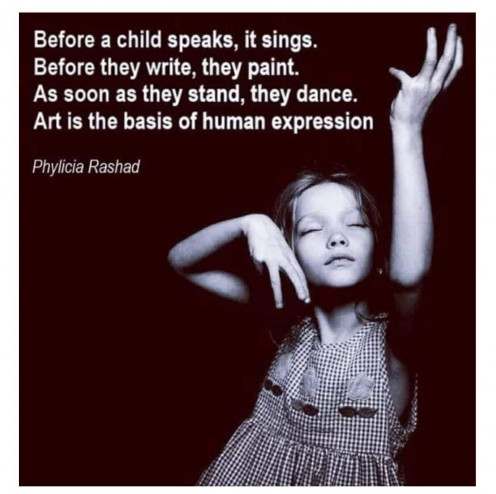
How to Own Your Creativity
I have been dabbling in several different areas since I realized my creativity was falling by the wayside. These include writing fiction, drawing, gardening, cooking and baking, and clothing design and sewing. I go in spurts on any given day, seizing opportunities and inspirations as they appear.
I have had to struggle to get here, sure. It has meant cutting back on meaningless interactions, time wasters, and my responses to the demands of toxic people. It has meant carving out quiet times, and learning not to feel guilty for taking time to myself. It has meant preparing a space in my home where I can go to be alone, rejuvinate, and focus. But has it been worth it? Oh, yeah! Yes, my friend, it's been worth it!
Let's pull each of these components apart, and examine how they apply to you.
Cut Out Crap
Time wasters are different for everybody. They may take emotional or physical forms. For me, physical ones include matching socks for family members, and trying to keep my house windows clean. I also don't check pockets on jeans, or turn casual clothes right side out. These habits developed out of a conscious decision that: I refuse to care more about someone else's stuff than they care. All my family members have adult capabilities, and it's not my business if they don't care to wear matched socks . . . or right-side-out shirts. Their habits and reputations are their own. Meanwhile, I get to keep more energy for what matters to me.
Emotional time wasters include any form of distraction from my goals. This means I must maintain well-defined goals and aspirations at all times. Two of my intentions (affirmation style) are:
-
I am a compassionate, reasonable mother, with overflowing love for my children's hearts, souls, and futures.
-
I write and communicate each day to encourage, instruct, and uplift others in matters of spirituality, healing, and mental health.
Using these two ideals as a measure, I can easily see whether an activity fits into the scheme of my life, and whether it boosts my purposes toward completion. For example, if I have scheduled to publish a specific article or blog post, but choose to check my social media instead of opening my document, I have been untrue to myself and my ideals. If, on the other hand, I feel a sense of urgency to check in with a friend, this is valid, and should not be ignored. It fits my clearly defined mission and talents.
Some days, it can be hard to see whether my motives and sense of ambition (or lack thereof) are out of sync. This especially happens when I have had my motives mistaken, or my principles invalidated. Using the same guidelines, I can check my direction. I can choose to scale back or alter my direction, if I feel an imbalance.
For example, playing a game with my daughter fulfills my mission quite as nicely as doing something more constructive. The question is, Which is more needful to her? Is playing chess or rummy any less important than learning to sew, or doing her math? No; it is merely different.
Each day will be different, encouraging you to improve your flexibility, and expand your idea of "results". For me, the questions, Does my daughter feel heard and validated? Do other people know that I really care what happens to them? are the main ones. If I can go to bed at night answering, "Yes!" then I have been true to myself, and to those who matter to me.
Examine Your Motives
Another way to approach this question is, When is good 'nuff, good enough? In other words, in which areas of your life are you expending unnecessary energy? Examining why you do certain things is key to answering this. Ask yourself to share the secret reasons which drive your actions, and over the next few weeks or months, watch for the answers. They will come.
Fall in Love With a Planning App
Chaos can steal our energy and peace. A good planning app helps tremendously to forestall this probability. I love Chaos Control, which delivers exactly what it implies.
Say No to Toxic People
Maintaining boundaries is a crucial skill in all relationships, but never more so than in those with people who have toxic mindsets or habits. Learning to set boundaries is beyond the scope of this article, but if you have never practiced setting boundaries, it is high time! Be aware that changes in your life and relationships may result. Narcissists can't stand being told no, and will show their true natures when confronted with a boundary. This process can be scary, but is so worth it! And really--if you lose someone who disrespects you, is that such a loss? Get rid of, or distance yourself, from influences that keep you invalidated.
Make Quietness a Priority
A quiet place in which to reflect and heal is super important. It is difficult to overestimate the value of quiet times, whether that means meditating, getting extra sleep, engaging in nature baths and walks, or anything else which allows you to rejuvinate, and learn to know yourself.
Create a quiet spot any way you can, and use it often. Fill it with things that make you feel happy, grateful, and calm--especially calm.
The form the space takes is not important. It can be a spare room, a blanket tent, your bed, or a place in your yard or a local park. By it's nature, a quiet place must leave you feeling more rested than when you went into it.
The process of healing, learning to feel, and of allowing creativity to grow in you may take time. Lots of time. Let it be. Take the time--in 15-minute snatches, or however it comes. Concentrate on resting and healing in all your levels, and the creativity will eventually make itself known.
Start With What You Know
Take the process one step at a time, and do the obvious as it becomes obvious. Do what you know, and the rest will be easy.
My energy is precious: I refuse to care more about someone else's stuff than they care.
Keep On Trying
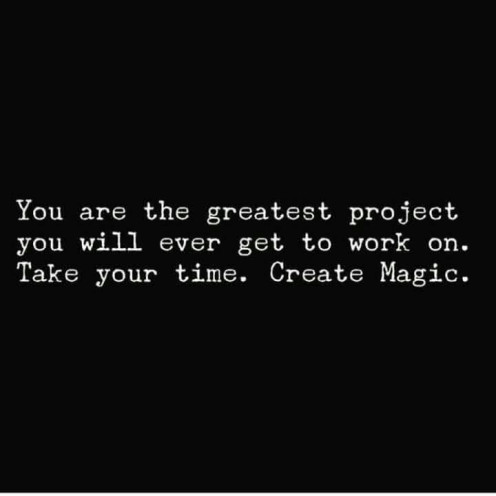
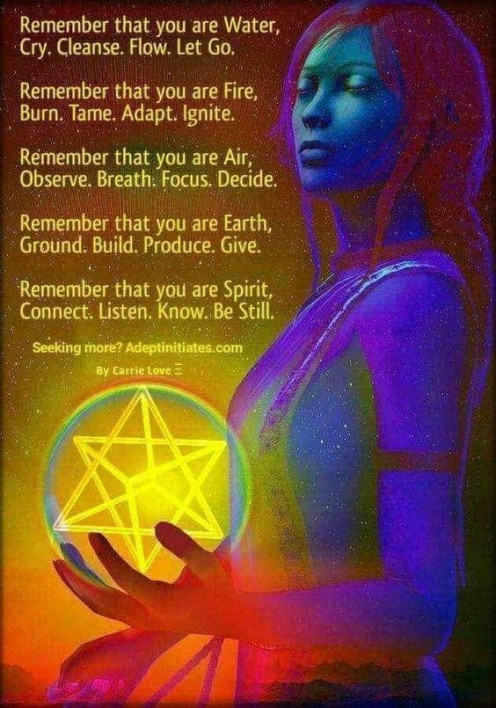
Preparing for Creativity to Fill You
Is your home a mess? Is your mind a mess? Start with what you know.
Declutter your physical spaces. Make room for mental and emotional space.
Is there someone you know you need to forgive? Do it. Work on it. Why funnel energy into a past event and all its tangents?
You will be faced with continuous choices as you make your way through this process of finding and making room. But the only choice you really need to make is:
Do I want my rights more than I want a new future?
Do I want to vegetate more than I want creativity and purpose?
Where Will I Spend My Energy?
Take a minute and write out at least one affirmation or intention (using present tense), which will help you decide which activities are worthy of your energy.
Creativity Begets More Creativity

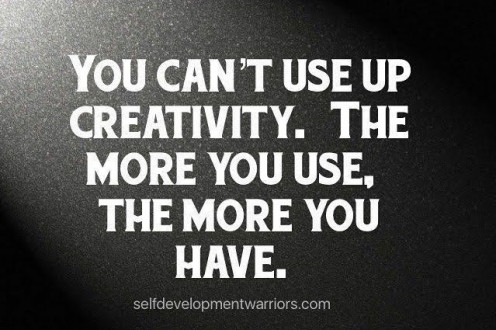
Once you start this process, it will keep going as long as you pay attention to it. Creativity begets creativity. Space begets space.
Conversely, chaos and disharmony beget more of their own, so battle to keep them out. This may mean learning to walk away from fights, and saying no to anything that breeds confusion or resentment.
If in doubt, face up to your yardstick questions, look them in the eye, and see if your actions match your ideals. Then correct your course, and keep going.
Healthy Habits That Changed My Life 》Simple Minimalist Self Care Routines, by Simply Happy Zen
Noticing Beauty Is an Art Form
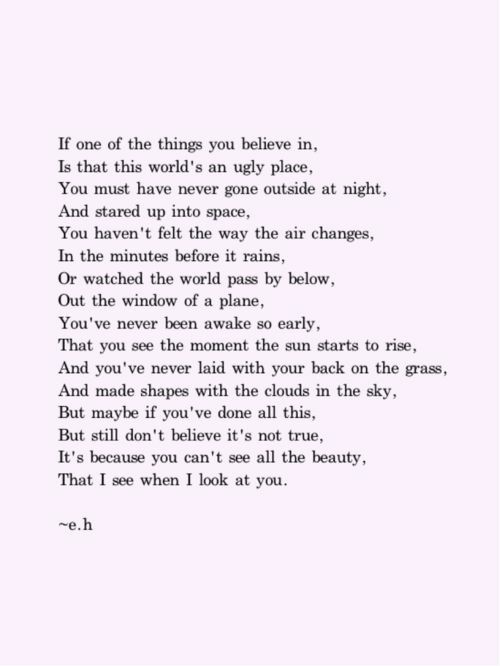
What Is Creativity?
Creativity can take ten million forms. For some, it means the fine arts, such as painting, playing classical music, or performing ballet. For others, it means inventing a better way to communicate, building a high-performance engine, or baking a braided loaf of bread flecked with lavender.
Creativity is found wherever your passion lives in you.
What Is Art?
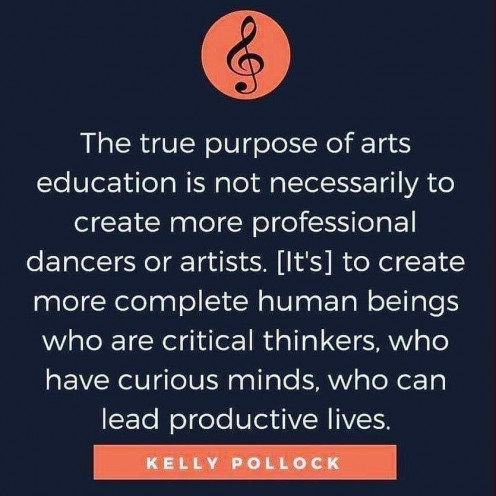
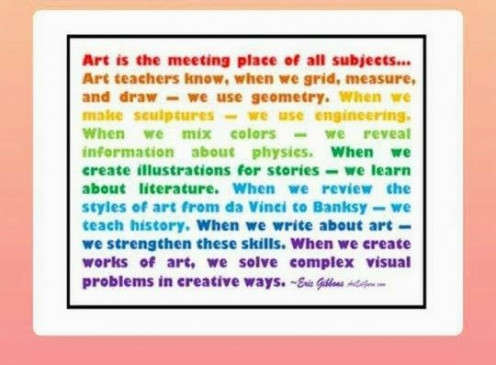
Creativity Is Ingenuity and Fortitude
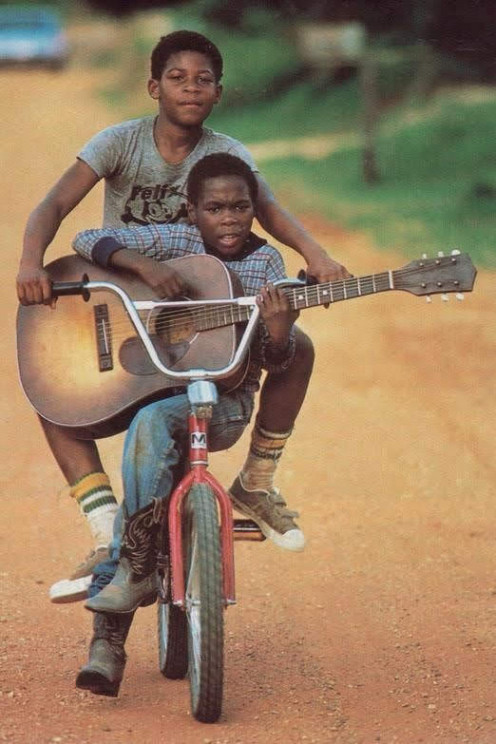
Practical Ideas
In case you feel stuck, here are some ideas to get you started on your own journey of recognition for the creative soul that is you:
- Write a story, poem, or play (it can be short).
- Make a video or movie of something you admire, how you feel, or how you wish you could feel.
- Draw or paint pictures of your ideals, or pieces of them.
- Choreograph a dance that describes how you want to feel in your new life, or shows the transitions to getting there.
- Build something, plant a garden, restore a car, or refinish a piece of furniture.
- Start living like you mean it. Make tiny adjustments to your home, wardrobe, cooking and eating style, routine, boundaries, social media, social circle, etc., which reflect your ideals. Small changes add up.
- Make a playlist to match your moods or hobbies or projects. (Examples: kneading bread, doing paperwork, journaling, making love).
Drawing, Coloring
Click thumbnail to view full-size


Cooking, Baking
Click thumbnail to view full-size

Music
Click thumbnail to view full-size



Creative Ebb and Flow
You won't feel creative all the time, guaranteed. Some days, inspiration seems to take a rest . . . or it knows that you need one. Even creativity expends energy, though it can be wonderfully restorative in a spiritual sense.
So give yourself a break whenever you need one.
Learn to take a nap. Change course in one small area at a time. Try something you normally wouldn't do. Sit and stare at the rain falling from the eaves. Do whatever it takes to give yourself the necessary breather, and remember that even a flower doesn't bloom all the time.
Best wishes, dear one.
Healthy Morning Habits to Improve Your Day, by Simply Happy Zen (+ Tips on Creativity)
Continuous Learning Can Bring Humility
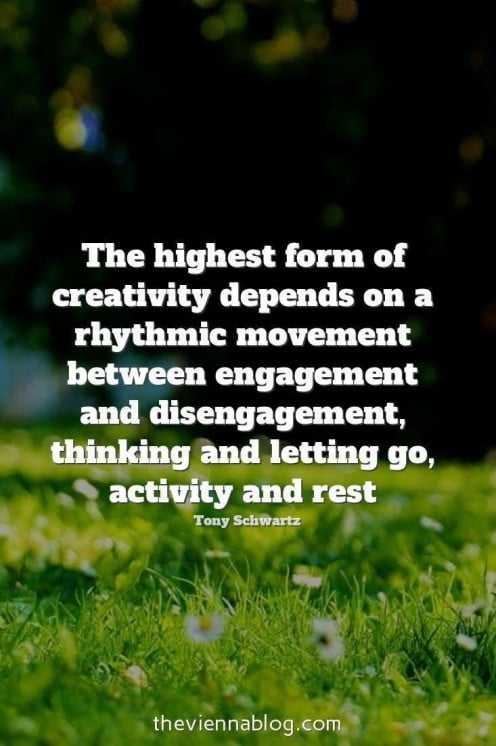
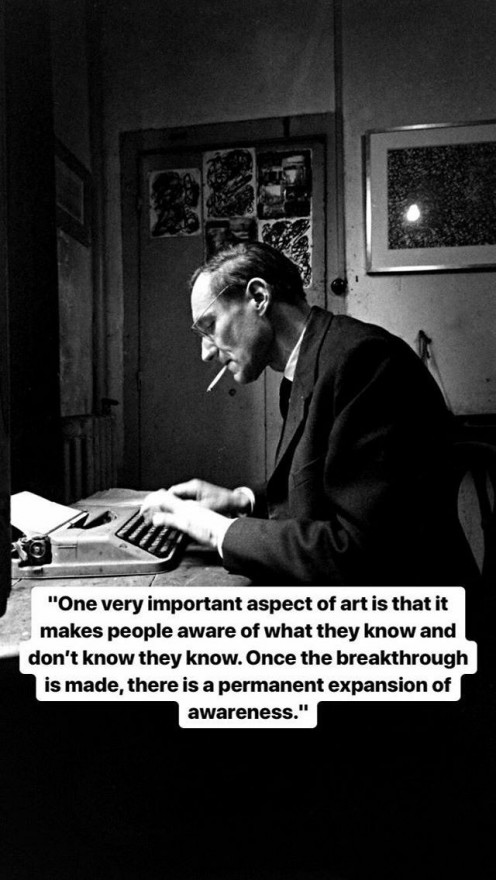
Topics Previously Covered in This Series
In Part 1, we explore why fear inhibits our ability to know what we really want, and act on it. Our thought loops often hold the key to realizing our deepest desires. Focusing on and owning these thought loops can allow us to move forward, first making the decision that fear will no longer own us.
In Part 2, we cover the basics of how to develop a vision board, whether in an electronic or physical format. We offer prompts and resources to help you decide what you truly want out of life.
In Part 3, we discuss the role of bio rhythms in setting intentions which yield pleasant fruit. When you pair your firm and detailed expectations with careful timing, cooperation from others and the Universe often results.
In Part 4, we pinpoint how to choose the perfect visuals and images for your needs, decode your personal color associations, and use past regrets and misunderstandings to help you go forward more wisely.
In part 5, we explore the decisions to be made while setting up an Intentions-by-the-Month system, using a Pinterest Board or other format of your choice. This system allows you to form a habit of setting intentions daily, or on whatever schedule you choose.
In Part 6, we walk through how to set up a long term life plan of 5 to 10 years, using either a vision board format, a mind map, or a combination of these two systems.
In Part 7, we acknowledge that manipulation and painful circumstances can make it difficult to know who you are and what you want, then present emotional and mental exercises to help you overcome the gaslighting or conditioning of others.
In Part 8, we show how becoming aware of your emotions is crucial to moving forward in your heart and life, and offer simple exercises to help you discern what you are feeling.
In Part 9, we offer tips and guidelines for creating affirmations that work for you. Developing your own personal affirmations can be a rewarding process, yielding insights into your own thoughts and motives.
In Part 10, we explore a way to develop communication between your mind and body. We focus on how to develop this communication, and offer some ways to troubleshoot resistance in your body, emotions, and mind.
In Part 11, we explore how to build courage and replace negative energy with that of healthy expectations, through the use of positive images to overcome the effects of bad memories.
In Part 12, we discuss how to tap into the free energy of the Universe to boost your own healing powers.
In Part 13, we outline how to realign your energy field with your current intentions.
In Part 14, we discuss how our bodies, hearts, and moods are all influenced by our desires and belongings, and how to make room for wellness and rest by managing what is in our thought boxes.
Our Conditions and Qualifications
In case you missed our intro before, we are an autistic DID System who have spent years exploring how trauma affects our ability to live our best life and act on our deepest needs. We have no official diagnosis, and no legal qualifications to offer advice or training on mental health conditions. Conversely, we have a decade of experience managing our Dissociative Identity Disorder, as well as about four years working to understand our autism.
Our Approach to Healing Through Vision Boarding
Because fear is such a huge roadblock to stability and satisfaction, we have chosen to approach the topic of vision board development by exploring how it can be used to assist in healing and changing trauma patterns. We specifically use it to overcome fear and other trauma responses. Learning to own our creativity is a crucial part of developing vision, fortitude, and drive.
This content is accurate and true to the best of the author’s knowledge and does not substitute for diagnosis, prognosis, treatment, prescription, and/or dietary advice from a licensed health professional. Drugs, supplements, and natural remedies may have dangerous side effects. If pregnant or nursing, consult with a qualified provider on an individual basis. Seek immediate help if you are experiencing a medical emergency.
© 2020 Joilene Rasmussen

